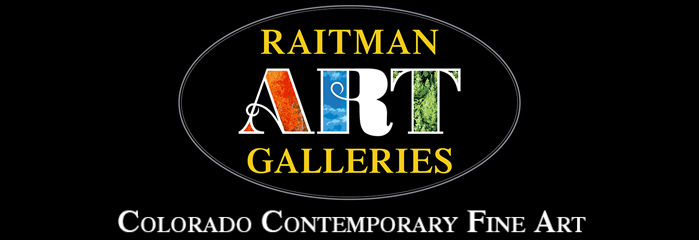Marty Goldstein Artist Review
History

Rhinoceros Habille en Dentelles
Salvador Dali

Aesthetics
Principals of Art:
Space: Marty considers the use of the positive space of his sculpture in contrast with the negative surrounding space when composing his sculptures in clay. In Mortimer notice the shapes and spaces created in between the form, it’s legs and the flower. The negative space works with the sculpture to move the eye from the toes to the head and then back around.
Color: Colors come from the patina that is hand applied by Marty in the finishing stages of creation. Consistently in his sculptures, the toe nails are finished to bronze’s natural surface to add flare to every sculpture. Reflective bronze and gold tones are a favorite, but Marty also appreciates a splash of color. This is seen clearly with the yellow flower and bronze body in Mortimer.
Shape: Shape use is considered in the composition of sculpture to create balance and identify a clear emphasis. You can see in Mortimer how the majority of shapes are horizontal, yet the legs and head are vertical in general shape. This helps change the directionality as well as balance the sculpture.
Form: Circle is to shape as sphere is to form. Marty sculpts his shapes into forms that reflect reality with obvious distortions, embellishments, and stylization. These forms create new spaces and perspectives as the viewer walks around the sculpture and views it from new angles.
Value: Value relates to the tint/shade of a hue (color). Every color can be tinted by adding white or shaded by adding black. The purpose of considering value in a work of art is to help create both dimension and a mood. You can see in Mortimer the value changes on the ears, paws and tip of the tail, this subtle change in value add depth to the sculpture.
Texture: Marty sculpts smoothly with little texture despite the furry nature of his subjects. This creates a reflective surface that adds whimsy to the creatures.
Principals of Design:
Balance: Creating a feeling of balance is integral to a successful sculpture. Balance is achieved in Mortimer by the head and feet counterbalancing each other around the horizontal body.
Unity: The unity of a piece is what creates a sense of completeness. A consistent surface unifies Marty’s sculptures and makes every aspect feel purposeful and connected.
Variety: Variety is what adds interest into a work of art. To create fun variety in the sculpture, Marty colors the flower yellow in Mortimer, a bright pop of color to catch the eye.
Emphasis: Emphasis is what the artist uses to create a focal point. Focal points can vary viewer to viewer, but a truly successful composition will have one clear focal point that the eye is continually drawn to over and over again. The bright yellow of the flower captures the eye in Mortimer.
Movement: Movement implies motion is a snapshot of time. Marty makes the eye move around his sculptures with subtle visual cues such as a change in direction. Mortimer inspires the eye to move in a continuous circle around the sculpture due to the way the curves of the form flow.
Pattern: Think of pattern as the visual skeleton that organizes the parts of a composition. This underlying structure uses consistent and regular repetition. You can have both natural and man made pattern. There is a subtle pattern in the design of Mortimer‘s collar which repeats around the band. The pattern is not a prominent distinction in the composition, rather a subconscious patter for the eye to travel around.
Perspective: As the viewer walks around the sculpture, their perspective will be altered. With every new angle, new insight and perspective will be offered to the viewer.
Production
Marty uses the lost wax casting technique which has been in use for the last 6,000 years in the production of bronze sculpture. The process starts with making the model in clay, wax or a similar medium. Once the form has been created a mold is made around it so the interior of the ridged outer mold holds a mirror image of the original mold in it’s interior.
After the mold is completed it is filled with molten wax which creates a hollow wax copy of the original mold. The wax mold is then “chased” where it is finished to look just like the original mold. This wax copy is then “spurred” with a tree like structure of wax which will act as a guide for the molten coating material and then melted away.
Once the wax copy has been spurred, it is then dipped into a slurry of silica which acts like a sand coating the entire exterior of the wax copy. This silica coated piece is placed in a kiln, spurred down, and the heat hardens the shell and the wax melts out. Now all that remains of the original artwork is the negative space formerly occupied by the wax, inside the hardened ceramic shell.
The bronze is melted in a furnace then poured into the shell and then allowed to cool. The shell is either sand blasted or hammered away revealing the rough casting. Metal chasing now smooths the edges, removes imperfections, and clips off the spurs to reveal the same mold in its finished bronze form. The patina is then painstakingly applied by the artist typically with a paint or air brush.
On an important note, Marty will never cast a sculpture if it does not make him smile when in clay. This rule had helped Marty curate a collection of work that is entirely cohesive in it’s mood and makes it identifiable as his.



